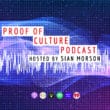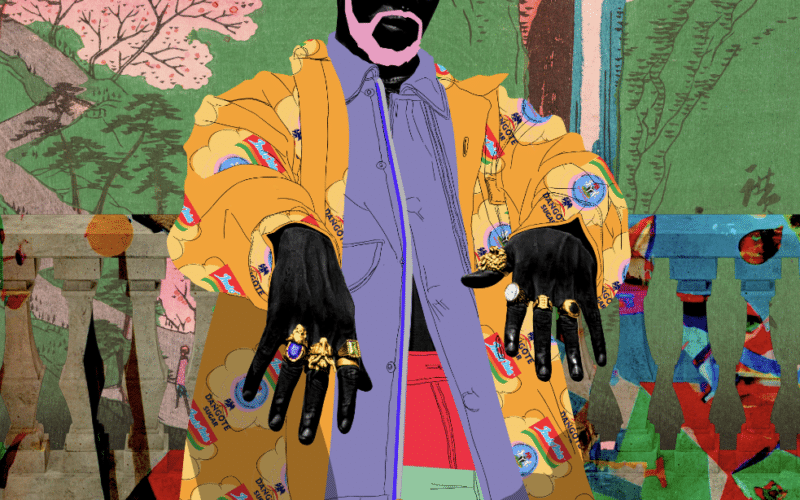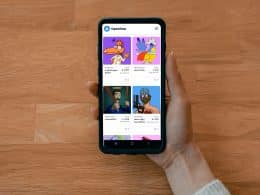Non-Fungible Tokens (NFTs) have been making headlines in recent years, with the art world seeing a major shift towards digital art and NFTs becoming a new way of buying and selling unique digital assets. NFTs are digital tokens that verify ownership of a specific asset on the blockchain, and one type of NFT is an open edition NFT. But recently, a new trend has taken hold in the NFT space. Open Editions, mostly dropped on Manifold, which offers artists the opportunity to generate their own unique smart contract, has been gaining traction. Let’s explore what open edition NFTs are and detail five reasons why they are taking the NFT space by storm.
What is an Open Edition NFT?
An open edition NFT is a type of NFT where there is no limit to the number of tokens that can be created. Unlike limited edition NFTs, which have a set number of copies, open edition NFTs allow the artist to create and sell as many tokens as they want. Open edition NFTs can represent any digital asset, such as artwork, music, video, or photography. Each open edition NFT is unique and provides proof of ownership and authenticity on the blockchain. Recently, we’ve added a few Open Editions to The BlkChain Collection.
Accessibility
One of the significant advantages of open edition NFTs is that they are accessible to a wider audience. While limited edition NFTs may have a limited number of copies available, open edition NFTs are available to anyone who wants to purchase them. This accessibility means that artists can reach a broader audience, and collectors can invest in digital art at a more affordable price point.
Scalability
Open edition NFTs are scalable, meaning that artists can create as many tokens as they want without worrying about a limit. This scalability allows artists to sell their digital art to a much larger audience and provides an opportunity for collectors to invest in the artist’s work without worrying about missing out on a limited edition.
Flexibility
Open edition NFTs are flexible and can represent any digital asset, making them a versatile option for artists. The artist can create an open edition NFT for any digital asset they want to sell, whether it’s a piece of artwork, a photograph, a video, or a piece of music. This flexibility allows artists to sell their work in a way that suits their creative vision and provides collectors with a wide range of options to choose from.
Affordability
Open edition NFTs are often more affordable than limited edition NFTs, making them accessible to a wider range of collectors. Limited edition NFTs can be expensive, with some selling for millions of dollars, making them out of reach for many art enthusiasts. Open edition NFTs, on the other hand, are typically more affordable, with prices ranging from a few dollars to a few thousand dollars.
Authenticity
Each open edition NFT is unique and has a specific ID on the blockchain that proves its authenticity and ownership. This means that while the artwork may be replicated and distributed across the internet, only the owner of the NFT has the official proof of ownership and can claim it as their own. This authenticity provides collectors with confidence in their investment and ensures that artists receive proper recognition for their work.
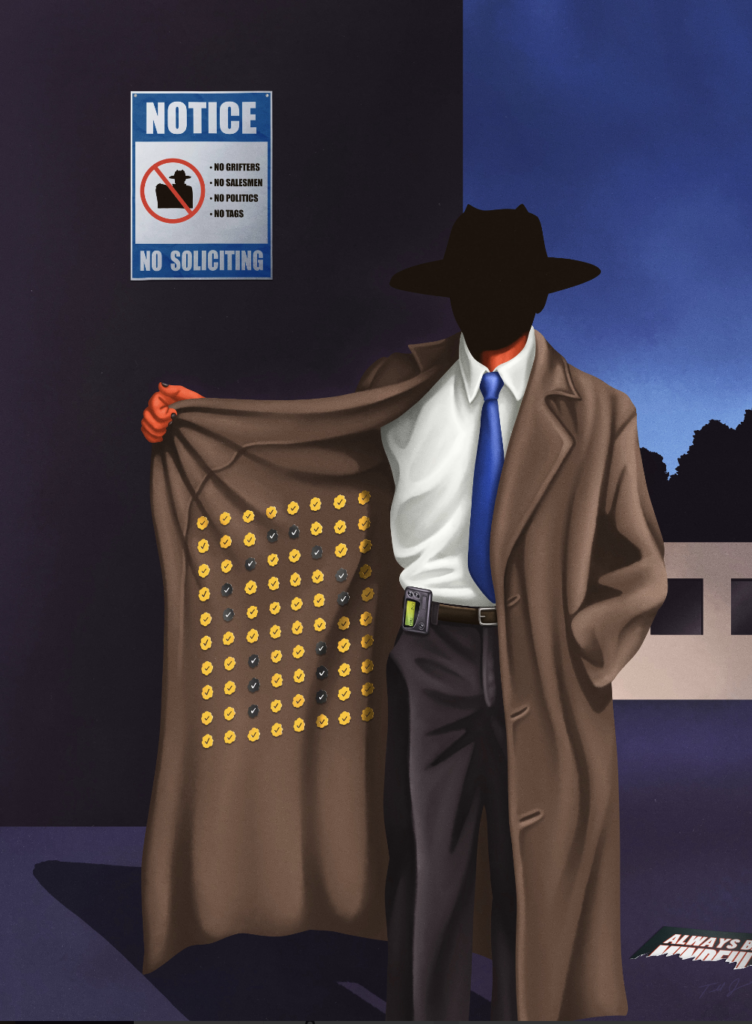
Lastly, Open edition NFTs are a versatile, accessible, and scalable way for artists to sell their digital assets and for collectors to invest in unique digital art. Their affordability and authenticity provide a new avenue for artists to reach a broader audience and provide collectors with confidence in their investments. Have you or are you considering minting or collection and open edition NFT? Let us know!

